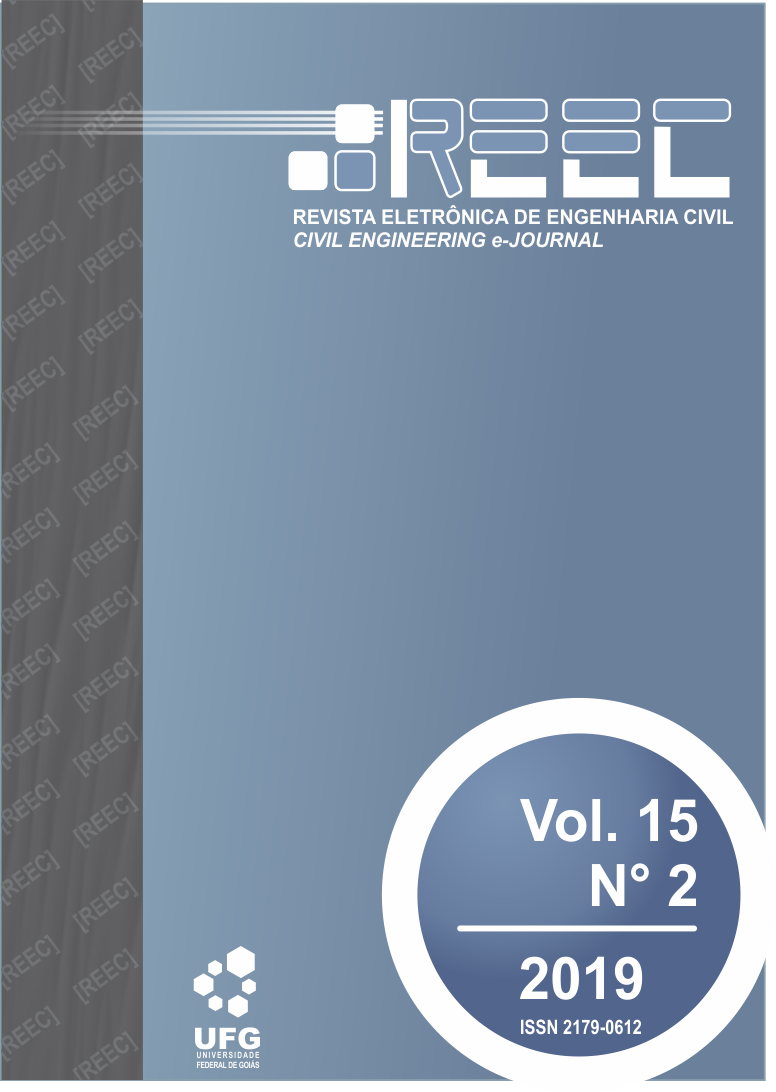Computational simulation of steel columns submitted to axial compression
DOI:
https://doi.org/10.5216/reec.v15i2.52199Abstract
ABSTRACT: This research aimed to simulate the structural behavior of steel columns subjected to axial compression and to evaluate the influence of geometric and material imperfections (residual stresses) on the strength of these elements. In order to achieve this aim, finite element computational models were developed using Abaqus, which were analyzed in two stages: an elastic buckling analysis (Buckle) and a nonlinear plastic analysis (Static Ricks). The results obtained were compared with the results presented by the elastic buckling equation proposed by Euler and the buckling curve prescribed by ABNT NBR 8800: 2008. In general, the results obtained were very close if compared to the reference values. It indicates that the computational models were able to simulate the structural behavior of a real pillar and that the proposed methodology is valid. When analyzing the influence of the geometric imperfections, it was observed that the models with imperfections of L/1000 and L/1500 were the ones that most approached the expected results. In the case of material imperfections, the models with 10% and 15% of residual stresses were the ones that presented the best results. In this way, the adopted strategies may contribute to future research related to the structural behavior of columns and buckling.
Downloads
Downloads
Published
How to Cite
Issue
Section
License
Autores que publicam nesta revista concordam com os seguintes termos: Autores mantém os direitos autorais e concedem à revista o direito de primeira publicação, com o trabalho simultaneamente licenciado sob a Licença Creative Commons Attribution que permite o compartilhamento do trabalho com reconhecimento da autoria e publicação inicial nesta revista.
![[REEC] Revista Eletrônica de Engenharia Civil](https://revistas.ufg.br/public/journals/30/pageHeaderLogoImage_pt_BR.png)



